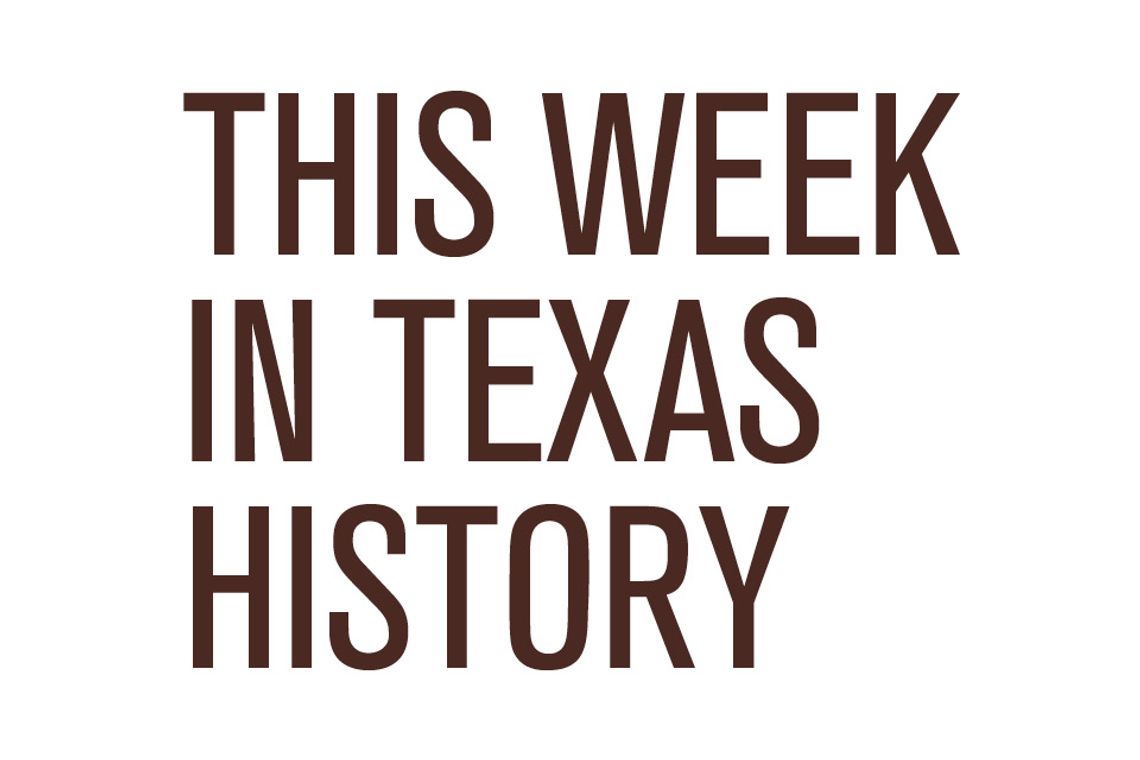By Bartee Haile
After the liberals walked out of the state convention on May 23, 1944, Texas Democrats officially went on the record opposing a fourth term for the White House incumbent. Deep-rooted disenchantment with the New Deal finally caused conservatives to turn against ailing FDR.
Criticism of President Roosevelt surfaced in the Lone Star State early in his second administration. Emboldened by a 46-state mandate in 1936, he tried to remove the Supreme Court roadblock by adding six new sympathetic justices. The controversial maneuver came a cropper, and the “court packing” incident left a bad taste in the mouths of many Texas Democrats.
With the Depression wolf no longer at the door, the same critics condemned what they considered New Deal tinkering with the American economic system. Looking toward the elections of 1940 and figuring Roosevelt would abide by the two-term tradition, conservatives began to drum up support for favorite son John Nance Garner.
When FDR wrecked Cactus Jack’s bandwagon by successfully seeking four more years, relations with the party majority in Texas were strained to the breaking point. A subsequent Supreme Court decision striking down the state’s white primary law pushed estranged conservatives to the brink of open revolt.
Despite persistent rumors of a fourth term, Roosevelt had not disclosed his plans by the time the Texas Democratic Party met in convention at Austin in May 1944. The rebellious right wing, which already had joined forces with a national anti-New Deal coalition led by a former FDR cabinet member, arrived at the capital loaded for bear.
Flexing their political muscle, the recently renamed “Texas Regulars” threw down the gauntlet. Speaker after speaker blasted the New Deal as “communist controlled” and called for the “restoration of the supremacy of the white race.” Delegates were then chosen for the national convention who were to a man dead-set against another encore for Roosevelt.
Congressman Lyndon Baines Johnson rushed to the podium in a vain attempt to head off a split. Spotting the future senator and president, conservatives shouted, “Get that yes-man off the platform!” and “Throw Roosevelt’s pin-up boy out of here!”
Outnumbered liberals marched out of the stormy session singing “The Eyes of Texas Are Upon You,” a classic understatement considering the media coverage the wild donnybrook attracted. At a separate assembly, the liberal minority picked their own slate of delegates for the national convention.
Caught in the crossfire was Speaker of the House Sam Rayburn, a contender for the vice-presidential nomination. To his dismay, the Regulars adjourned without saying a word about his candidacy, and the liberals limited their support to the first ballot. As a result, Mister Sam’s dream never got off the ground.
The next month Republicans nominated Gov. Thomas E. Dewey of New York, and in a matter of days FDR announced his candidacy. Stating a personal preference for retirement, he cited a higher calling to see the war through to the end.
Although the Texas Regulars and other New Deal opponents put up a fight at Chicago, the renomination was all but automatic. In spite of his unflagging support for Roosevelt, pragmatism prevailed for LBJ, who made himself scarce at the convention. The ambitious Hill Country politician realized conservatives had the upper hand back home and would for many years to come.
In addition to the debate over an unprecedented fourth term, Republicans made Roosevelt’s health a campaign issue. Although he had been plagued by a series of stubborn colds and had shed over 15 pounds, the president insisted he had never felt better in his life. To prove his point, he risked pneumonia by riding around New York City in an open car for four hours in a driving rainstorm.
Roosevelt lost ground at the polls in November 1944 but still emerged with a solid 54-percent majority. The Regulars ran on an independent ticket in Texas but barely broke 10 percent, hardly putting a dent in the enormous vote for FDR that remained well above 70 percent.
But Roosevelt was, in fact, in bad health and destined not to survive the first 90 days of his fourth term. Returning from the Yalta Conference in March 1945, his weakened condition forced him to sit for his report to congress on the important talks with Churchill and Stalin.
Speaker Rayburn confided to a friend on Apr. 11, 1945, that he needed to “have a little chat with Harry. I’ve got a feeling that Roosevelt’s not going to be with us much longer.”
The very next day, Franklin Delano Roosevelt died from a cerebral hemorrhage, and Harry S. Truman was sworn in as the 33rd President of the United States.
Bartee welcomes your comments and questions at [email protected] or P.O. Box 130011, Spring, TX 77393 and invites you to visit his web site barteehaile.com.










